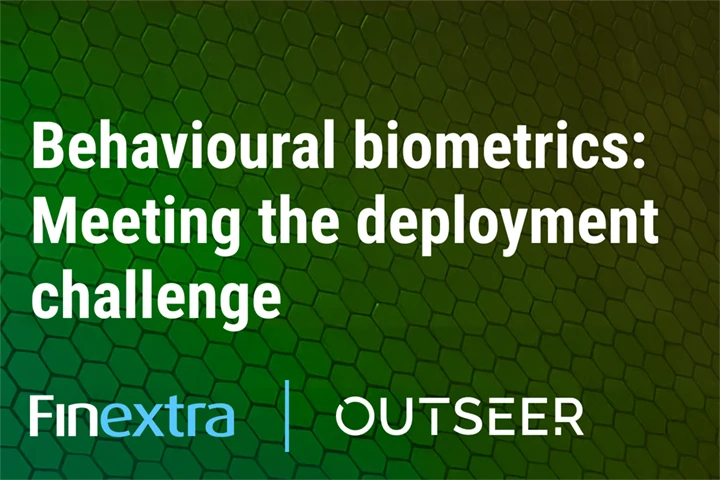What Is a Fraud Investigation?
A fraud investigation is a process to determine whether fraudulent activity has occurred.
A fraud investigation aims to understand what behavior occurred, who was responsible, and how it was done. Conducting thorough investigations allows businesses to mitigate damage quickly and potentially avoid fines, financial loss, and reputational damage.
Failing to discover the early signs of fraud can have a devastating impact over time. Thankfully, companies can quickly identify the presence of fraud with the aid of machine learning technology.
What Triggers a Fraud Investigation?
Activity that triggers a fraud investigation will vary depending on the type of fraud. For example, expense claim scams are discovered through receipt discrepancies, while investigators can uncover identity theft through address verification and charge disputes. Let’s review some of the most common types of fraudulent transactions.
Some common types of fraud include the following:
- Card-Not-Present (CNP) Fraud: When a cybercriminal steals a cardholder’s payment card information and uses it to make elicit purchases.
- Friendly Fraud: Otherwise known as chargeback or credit card dispute fraud, friendly fraud occurs when a cardholder disputes a transaction and receives a chargeback under false pretense or because an unsupervised child or other family member has used the card or made in-app purchases without the cardholder’s knowledge.
- Fraudulent Account Activity: Access or criminal behavior perpetrated by a legitimate user or by a cybercriminal through account takeover that can lead to a data breach or other losses.
Common signs of fraud can include the following:
- Sudden large purchases or withdrawals
- Numerous chargebacks or purchase disputes
- Customer complaints
- Changes to account details, such as password and authorized user
No matter what type of fraud you’re dealing with, starting your investigation from a solid foundation will help you assess the situation, remediate the issue, and document evidence to report your findings.
How to Conduct a Fraud Investigation
Determine Scope
Outline exactly what you’re looking to understand throughout the investigation. Use the intelligence gathered to substantiate that fraud has occurred, and if so, what applications, users, and information are impacted. Keeping a narrow and clearly defined scope helps keep investigations on track and determines what you may need to report to regulators if a cybercrime has occurred.
Your scope is likely to change as the investigation moves forward and new information emerges. It’s normal for the scope of an investigation to be updated as new evidence provokes additional questions.
Develop a Strategy
Develop a clear strategy to ensure the right information is gathered. Consider the nature of the suspected fraud and identify possible sources of intel. Some information might require coordination across multiple departments and teams. Outline what information you’ll need and who can provide it, including the following:
- What do I need to know?
- How will I get that information?
- Who do I need to interview?
- Are there any suspects at this time?
- What was the login activity during the time period in question?
- What documentation will I use to prove or disprove the crime?
Collect Evidence
Once an organization has identified the possibility of fraud, it’s important to not only collect evidence quickly, but also to prevent it from being deleted or destroyed.
When the clock is ticking, clear communication is vital. Make requests for information as soon as possible to avoid accidental deletion. For example, many log files are overwritten after a certain amount of time.
Requesting this data quickly and communicating its urgency helps avoid any loss of evidence. It’s important to remember your scope while collecting evidence to protect the rights of others and avoid slowing down the process with irrelevant information.
Examples of evidence can include the following:
- Emails
- Documents stored on computers or external hard drives
- Text messages on company phones
- Log files
- Metadata
- Electronic records
If you think data may have been deleted, ask your IT department for recovery options. If your organization takes incremental backups, there’s a chance IT staff can find information from a previous snapshot before it was deleted. If it’s a purchase dispute, gather relevant information about the transaction from the merchant and the customer.
Report Your Findings
When reporting your findings, consider who your audience will be. Insurance companies, stakeholders, law enforcement, and regulatory agencies may all need to view the report. Fraud investigation reports can be used to file insurance claims to recover financial losses and leveraged in criminal cases against a subject.
In terms of chargebacks or other forms of transaction fraud, issuers and banks have 30 days to acknowledge a customer’s claim. And if they determine that a transaction in question is fraudulent, or if there is a larger pattern of fraudulent purchases in play (especially ones that cross state lines), the FBI should be notified.
Avoiding Fraud in The First Place
Fraud costs issuers, the merchants, customers, and cardholders a tremendous amount of money—and so do the investigations to resolve them.
Losses from CNP fraud, most of which comes in the form of chargebacks, could top $26 billion this year. But total losses go far beyond just revenue. By some estimates, every $1 in chargebacks leads to up to $3 in additional costs. Transaction fraud costs companies as much as 5% of their total revenues.
When fraud comes through the form of criminal logins or activities that lead to a data breach, it can cost an average of $9.01 million per incident for U.S. companies, thanks to the costs of investigations, remediation, and more.
Indeed, fraud investigations are time- and resource-intensive. They can also often be avoided through fraud prevention systems that can proactively stop attacks before they impact business.
Tools like Outseer 3-D Secure and Outseer Fraud Manager, for instance, leverage data science and statistical analysis to protect businesses from fraud by preventing it in the first place. Machine learning identifies the patterns and behaviors of fraudsters and uses that knowledge to stop future fraud.
Behind the scenes, the Outseer Risk Engine leverages global identity and transaction data to analyze over 100 indicators used to evaluate risk and assign each action with a risk score. The risk score reflects the probability of an event being fraudulent based on predictors and known facts. Data such as location, device type, and time of day help uncover each behavior’s context and the true intentions of a user.
Actions that require additional scrutiny are sent through step-up authentication. This process stops cybercriminals and bots by requiring additional identification to proceed. Oftentimes this is via a text or email verification message but can also include voice and biometric authentication. Businesses can fine-tune this process through Outseer’s Policy Manager in accordance with their risk tolerance and business objectives.
By understanding what real customer behavior looks like, only highly suspicious activity is sent through step-up authentication. This process ensures a frictionless flow for legitimate transactions and other activities and helps protect the user experience when interacting with a brand.
Avoid Future Fraud Investigations
Outseer provides seamless fraud protection that defeats both fraud and user friction at the same time. Through machine learning, data science, and advanced risk scoring, Outseer prevents 95% of all fraudulent transactions, with intervention rates as low as 5%. That’s the best performance in the industry.
By seeing what others can’t, we stop fraud long before a transaction ever occurs. To learn how you can protect your customers through the power of frictionless fraud prevention, request a free demo today.











